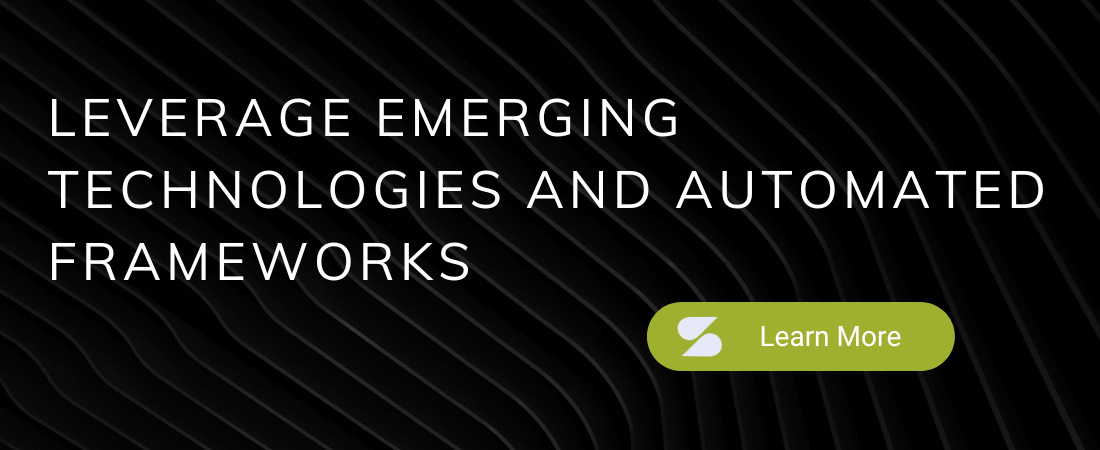While the Internet of Things (IoT) has been a buzzword for some time, it has picked up significantly in recent years and shows no signs of slowing. The number of Internet of Things (IoT) devices worldwide is forecast to almost triple from 9.7 billion in 2020 to more than 29 billion IoT devices in 2030. And by 2023, IoT spending is expected to increase to $1.1 trillion.
But to truly capture the value of IoT, companies must move beyond tech speak and think strategically about how to apply it to their business and how to implement it properly.
How to Apply IoT
IoT is basically a system of electronic devices that work autonomously to send and receive data over the internet. The system enables people (consumers and businesses) to act on the data they receive. Where IoT really gets interesting is when it becomes more than a buzzword, and companies begin to apply it strategically to their business. For example:
- Continuous, real-time visibility into the supply chain—allowing companies to more efficiently manage their inventory, fleet of vehicles, vehicle load, and vehicle routing.
- Asset management—enabling, for example, a nursing home to automatically locate and route the closest medical specialists and crash carts to an emergency.
- Power grid security—giving cities the power to automatically monitor and respond to outages
- Smart home consumer products—allowing businesses to provide products and services that consumers can manage remotely through mobile devices.
There are so many ways to apply the concept of IoT to almost any business challenge that it’s becoming the way work is being done. It makes business processes more efficient, gives people more accurate and current data to use in decision-making, and even changes the way products and services are delivered to consumers.
To make the strategic use of IoT a reality, companies must build an IoT application or system for each specific solution. While there are many aspects of an IoT system, it typically is made up of five major components:
- A “thing,” or some sort of device. This could be a mobile phone, a drone, a thermostat — just about any device. The device includes some form of IoT sensor or sensors (such as pressure, temperature, humidity, or proximity sensors) that collect information and send it to the next IoT component where it is processed. Of course, for the IoT system to work, the device, or “thing” must be web-enabled, allowing it to communicate and take signals and directions via the internet.
- A gateway that captures input to and from the device. The gateway manages the flow of data in the IoT system and ensures proper data encryption.
- The cloud. This is where connected servers optimize the processing of data from many “things,” or devices.
- The processed data is translated into a format that is easier to read and analyze.
- User interface. This component provides a user-friendly view of the translated data – making it possible for people to understand the data and make informed decisions based on that data. Sometimes the user interface and analytics may be grouped together as an “end user devices/services” component.
Other Elements of Success
Putting together the components of an IoT system is just the beginning. There are many other aspects to a successful IoT system. Here are three important considerations:
- Testing: When building an IoT system, it is essential to test the system thoroughly to make sure it works the way it was intended to work and that it works properly—even in the event of problems such as an overloaded system or loss of internet connectivity—once the system is in use.
- Implementation: The IoT system will change. For example, in the case of an IoT system built for smart home products and services, the products and services will change over time, and homes will be added and removed from the system. Part of building a successful IoT system is planning for the continued coding that it will require.
- Compliance: IoT systems involve pushing data back and forth. In many cases, the data is sensitive. A successful IoT system must adhere to data security compliance laws and regulations and ensure that only the right people have access to the appropriate data.
The Internet of Things continues to transform the way companies do business and the way consumers receive products and services—offering efficiencies and improvements that were unimaginable in the past.
Curious how IoT directly can help you drive business outcomes? Let’s brainstorm


